
Treasures of The Booth Museum - Upper Cretaceous 2
The Hidden Treasures of Sussex Museums » Booth Museum » Upper Cretaceous 2
Mouse over image to pause - click on thumbnails to select (Scales approximate)
-
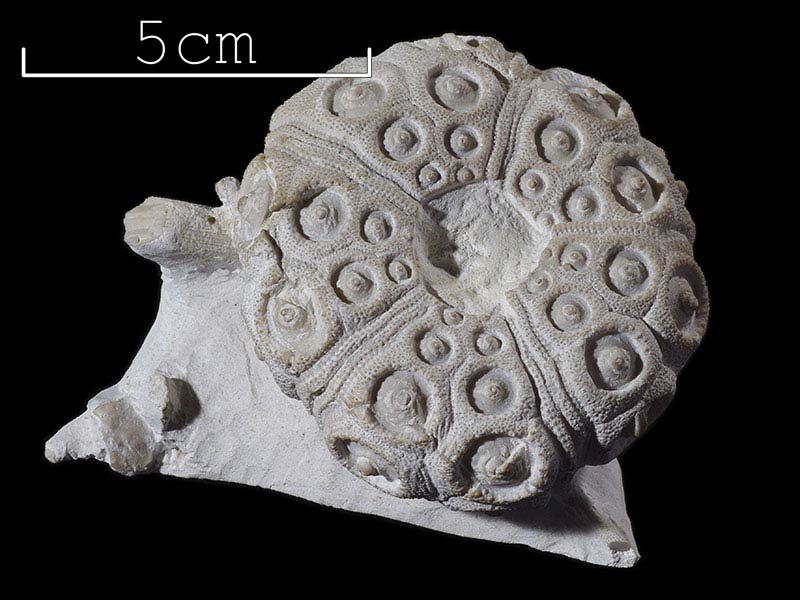
Chalk echinoid Cidaris
In life these sea urchins would carry stout spines attached to each of the tiny knobs on the plates that make up the shell. They protected the urchin from attack by predators.
-
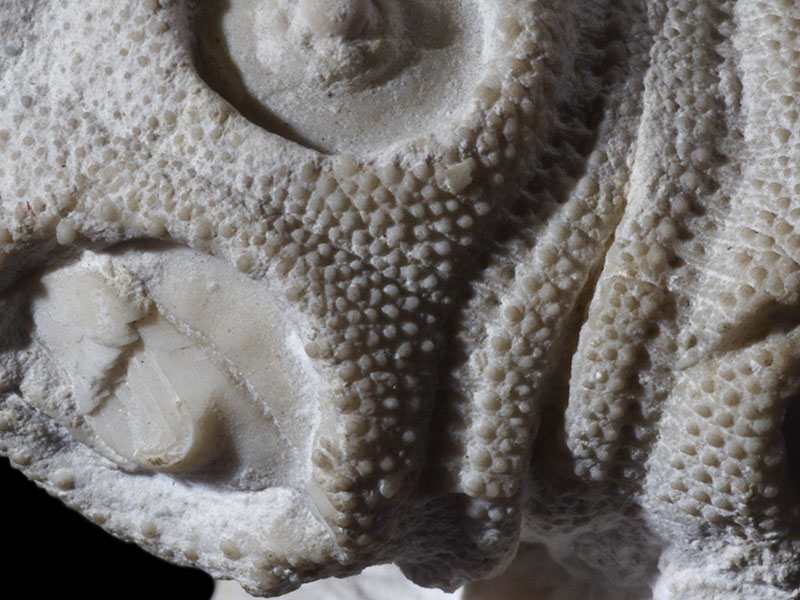
Chalk echinoid Cidaris - detail
In life these sea urchins would carry stout spines attached to each of the tiny knobs on the plates that make up the shell. They protected the urchin from attack by predators.
-
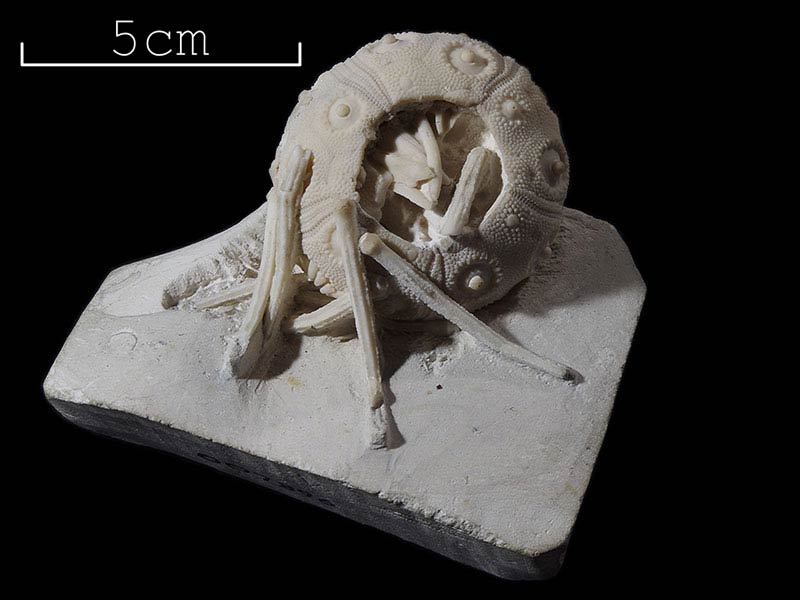
Chalk echinoid
-
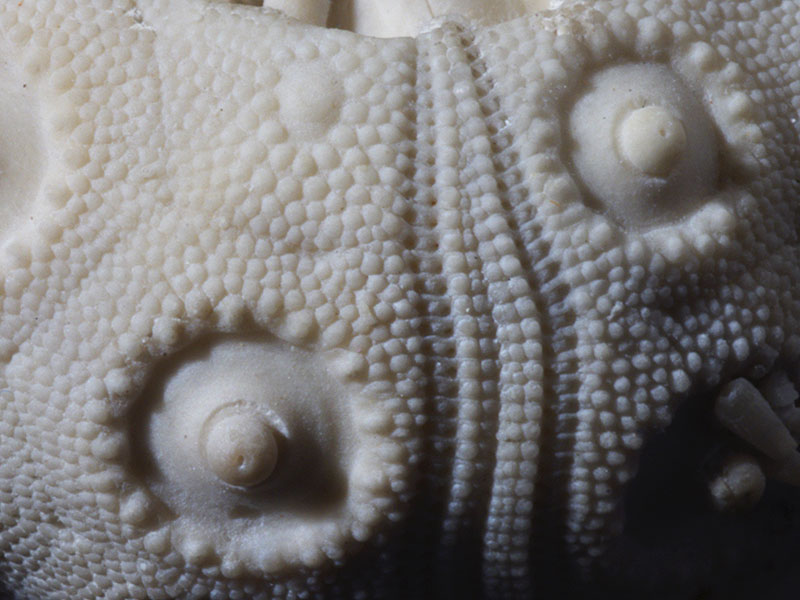
Chalk echinoid (detail)
-
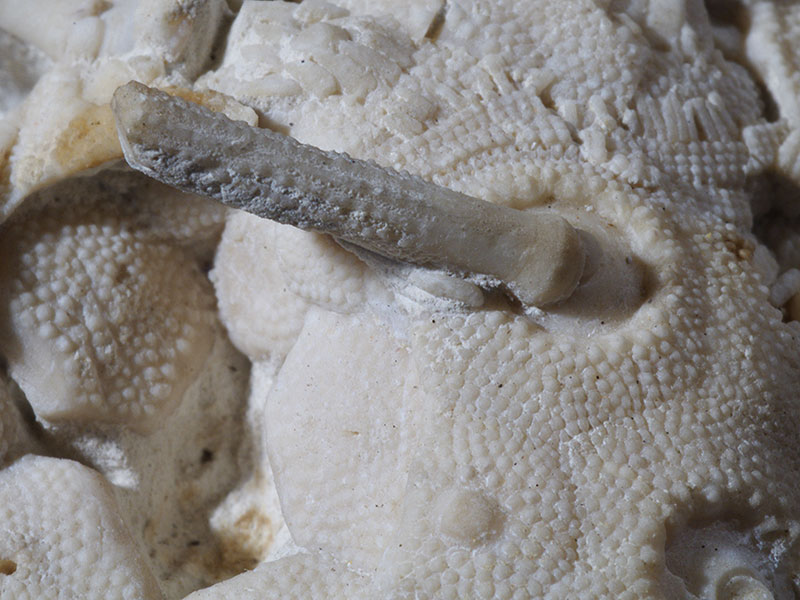
Chalk echinoid (detail)
-
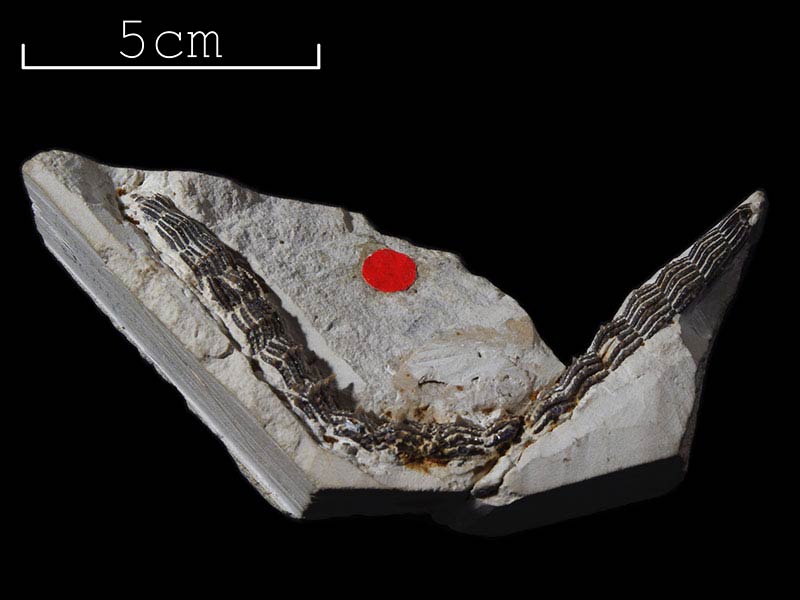
Shark jaw
This tiny jaw is from a small shark - and like all sharks its skeleton is made from cartilage and so does not get preserved as a fossil. The teeth are perfect.
-
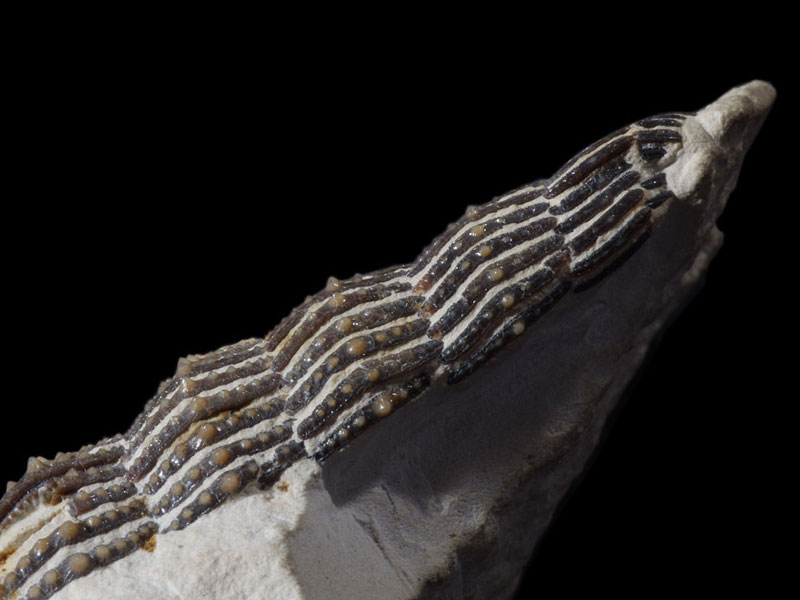
Shark jaw (detail)
This tiny jaw is from a small shark - and like all sharks its skeleton is made from cartilage and so does not get preserved as a fossil. The teeth are perfect.
-
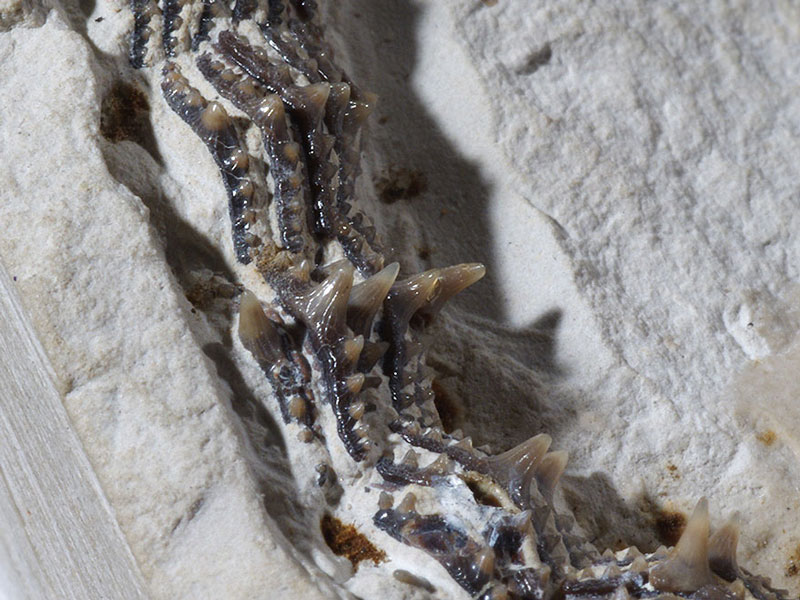
Shark jaw (detail)
This tiny jaw is from a small shark - and like all sharks its skeleton is made from cartilage and so does not get preserved as a fossil. The teeth are perfect.
-
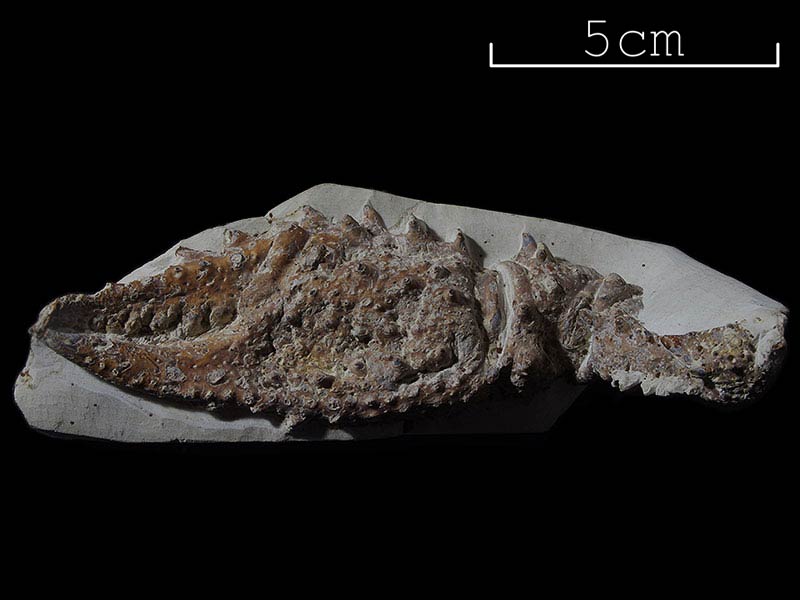
Lobster Claw
Lobsters were common inhabitants of the Chalk sea floor 90 million years ago. This claw or chela - must have been quite powerful.
-
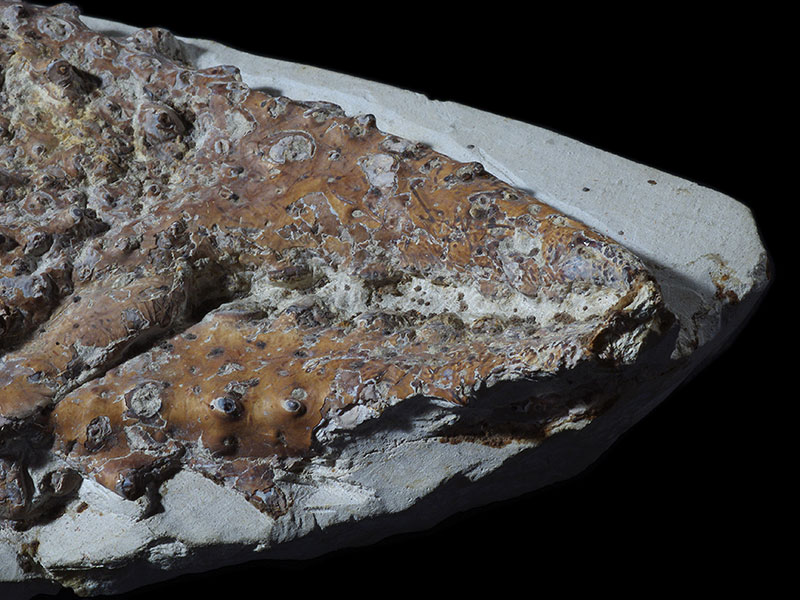
Lobster Claw (detail)
Lobsters were common inhabitants of the Chalk sea floor 90 million years ago. This claw or chela - must have been quite powerful.
-
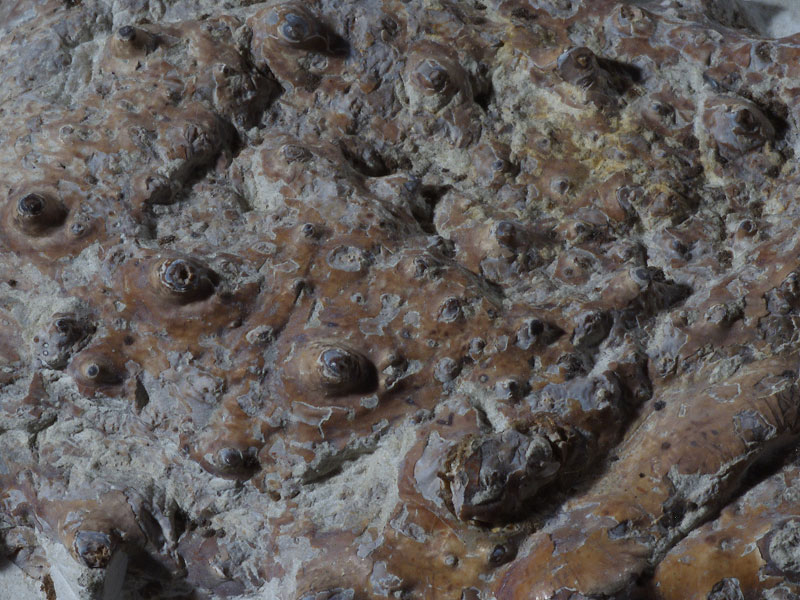
Lobster Claw (detail)
Lobsters were common inhabitants of the Chalk sea floor 90 million years ago. This claw or chela - must have been quite powerful.
-
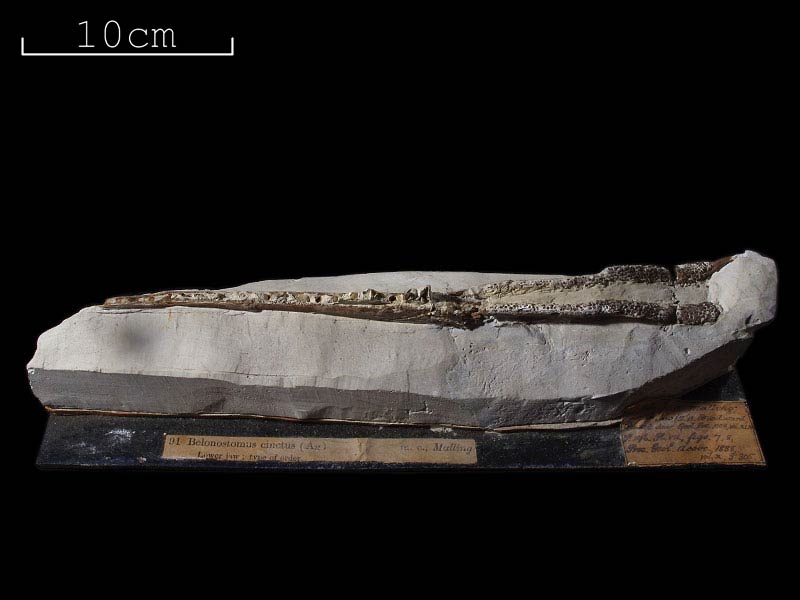
Pipe fish jaw
A long-snouted slender fish, one of many similar bony fish that lived in the Chalk Seas of NW Europe
-
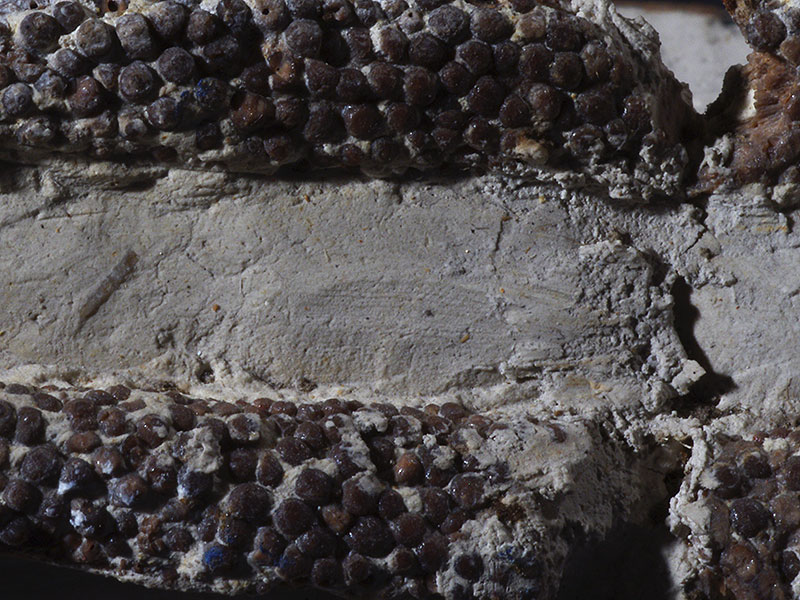
Pipe fish jaw (detail)
A long-snouted slender fish, one of many similar bony fish that lived in the Chalk Seas of NW Europe
-
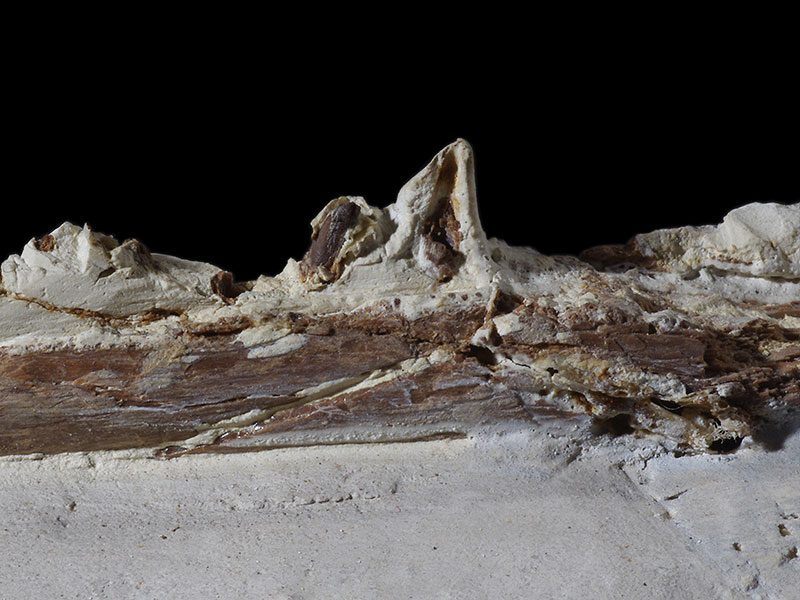
Pipe fish jaw (detail)
A long-snouted slender fish, one of many similar bony fish that lived in the Chalk Seas of NW Europe
-
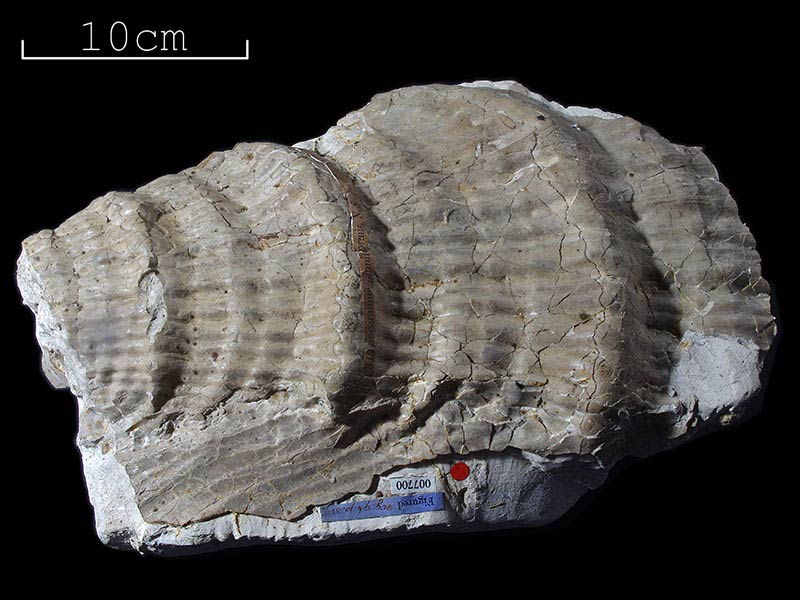
Chalk Bivalve - Pinna
This is a rare fossil - a very large shell of a mollusc which probably lived mostly buried in the muddy ooze of the sea floor over 90 million years ago.
-
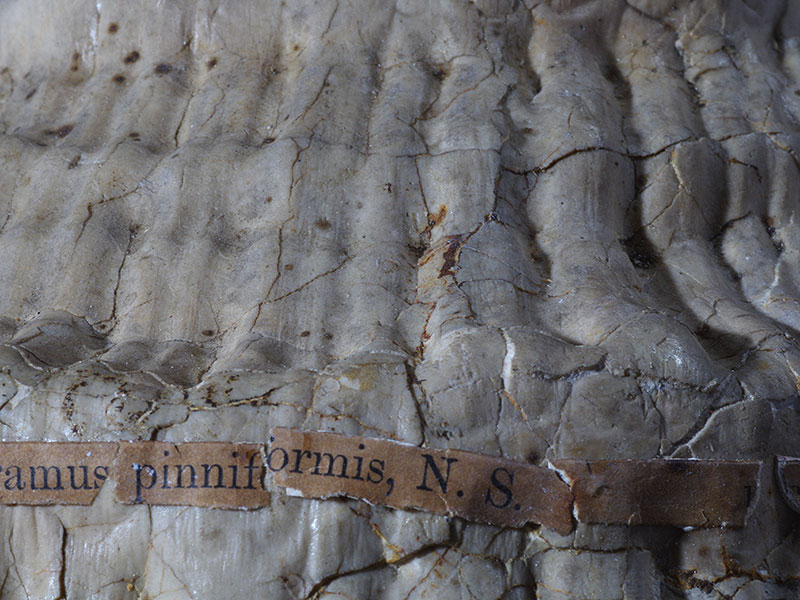
Chalk Bivalve - Pinna (detail)
This is a rare fossil - a very large shell of a mollusc which probably lived mostly buried in the muddy ooze of the sea floor over 90 million years ago.